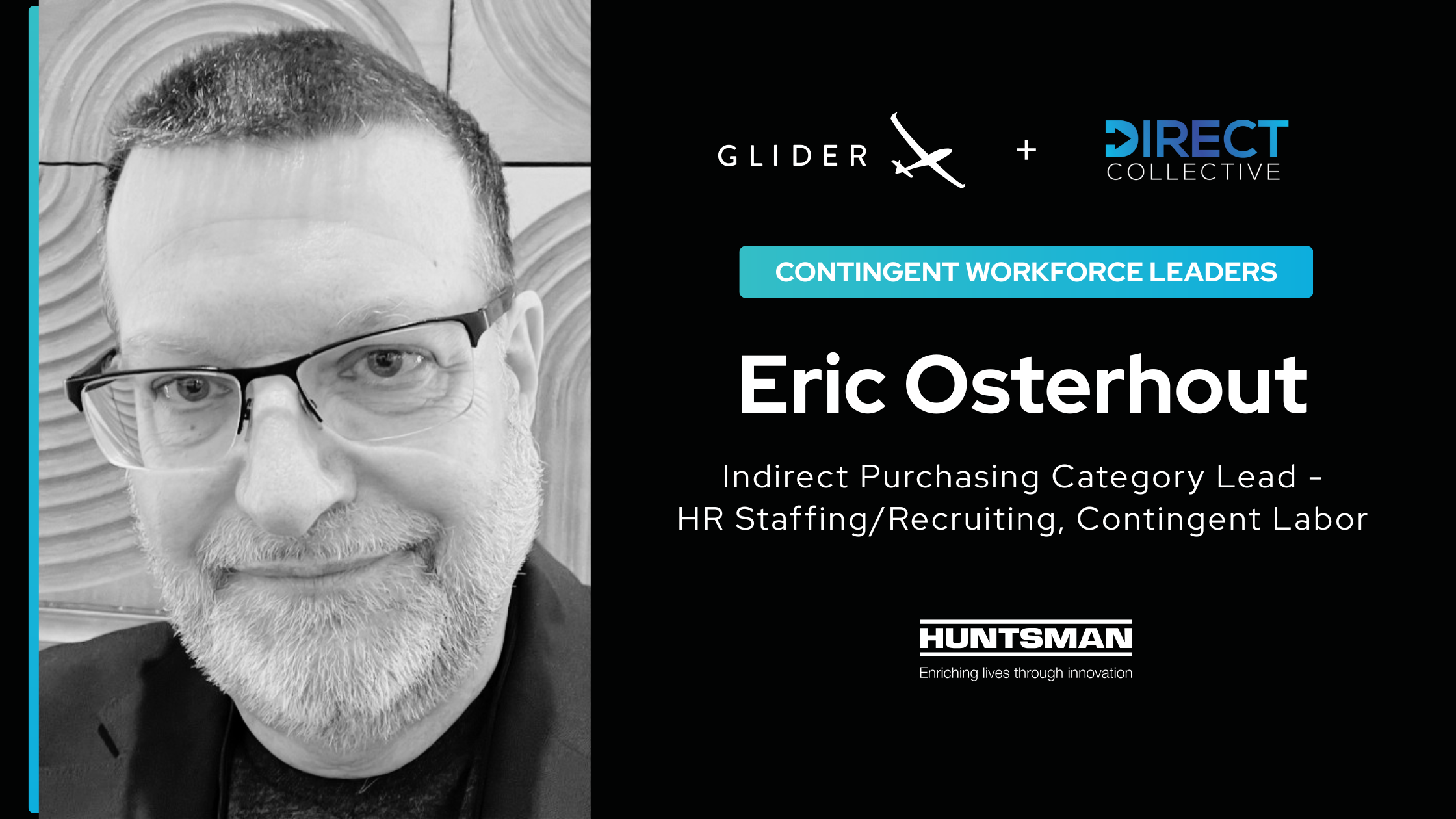
Make talent quality your leading analytic with skills-based hiring solution.

High turnover is a constant challenge in many industries, notably hospitality (73.8%), retail (60.5%), manufacturing (22%), and healthcare (20.6%).
As a result, these sectors rely heavily on mass hiring to fill the revolving door of frontline and hourly positions.
Even if your company does not belong in these fields, you may still need to develop a mass recruitment strategy to bridge talent gaps as you grow.
This blog discusses the most effective ways to refine your mass hiring practices to attract and retain your workforce.
Mass hiring means recruiting hundreds to thousands of employees within a short period—sometimes in a matter of weeks.
Compared to conventional hiring, which aims to fill just a handful of roles gradually, mass hiring is a larger-scale operation. Its goal is to rapidly onboard a large group of new employees to meet immediate needs.
Companies turn to mass recruitment for several reasons, usually to cope with high turnover rates.
Industries with naturally dynamic workforce requirements must fill positions quickly to maintain operational efficiency.
Beyond this, mass hiring is also used to fill talent gaps during rapid growth and seasonal spikes (like the holiday rush in retail).
Geographic expansions (opening new offices or factories in new locations) likewise require quick staffing. Even existing projects with old clients can evolve and require additional resources to stay on track.
Employers have always relied on mass recruitment to meet critical staffing goals regardless of the industry or economic environment. This is why any company needs to develop and execute an effective high-volume hiring strategy.
Mass hiring offers advantages that extend beyond simply filling vacancies. It can:
1. Enhance Your Recruitment Process
Mass hiring forces you to create standardized procedures and assessments to streamline recruitment. It’s an excellent opportunity to refine how you identify and attract talent, enabling quicker decisions and shortening your hiring cycles in the future.
2. Cost Reductions
A more streamlined mass hiring process means less recruiter time for each candidate. This equates to cost savings.
Consolidating your recruitment efforts into a shorter time frame can also reduce overheads.
For example, instead of advertising for individual positions, you can use a single campaign to attract a larger pool of candidates for multiple roles.
3. Increased Company Brand
Done well, mass hiring can enhance your company’s reputation. A streamlined and efficient mass staffing process creates a positive candidate experience.
Companies that can quickly attract a large pool of qualified applicants also tend to project a more prosperous and stable image.
Large-scale hiring initiatives can generate positive media coverage, further increasing brand awareness.
4. Getting comfortable with technology
Because mass recruiting strategies often require new technologies to manage larger applicant volumes, this can be an opportunity to embrace AI-powered tools and invest in recruitment software.
For example, you can start using AI to screen resumes and conduct initial skill assessments.
You can also leverage recruitment software to manage applications and track candidate progress. Introducing these tools to your HR team will lay the groundwork for a faster, data-driven recruiting strategy in the future.
Here are some tips on implementing a successful mass hiring initiative:
This plan should outline the specific skills and experience the open positions require. It should also establish a realistic timeframe for filling the positions, considering the number of roles and interview stages.
Remember to research salary ranges and competitor offerings to ensure your offers match current market standards.
Then, allocate a budget for advertising, recruitment tools, and relocation assistance.
AI-powered tools can automate and improve various stages of recruitment.
For example:
It can automatically match the candidate’s and the hiring manager’s schedules to propose suitable times and sync everyone’s calendars.
Candidates can record themselves answering pre-determined questions on their own time, and your hiring teams can then review these recordings at their convenience.
Effective mass hiring requires consistency—all candidates should have a similar interview experience.
Standardize your questions across interviews to ensure fair evaluations while allowing flexibility for follow-up questions based on the candidates’ responses.
With an Applicant Tracking System (ATS), you can organize all candidate information, resumes, applications, interview notes, and communication history in one secure and centralized database to allow easy access and comparison.
An ATS can also automate tasks such as sending interview invitations and rejection emails to save time.
More importantly, these systems let you track recruitment metrics to identify areas for improvement in your mass hiring strategy.
It’s important to keep candidates informed even if they are not selected for the role. Use AI to send personalized emails to thank them for their interest and offer feedback.
You can also post general hiring process updates on social media platforms like LinkedIn.
Create a comprehensive program introducing new hires to the company culture and explaining their roles and functions.
Remember to monitor their progress. Schedule regular check-ins to see if new hires are getting the support they need and successfully integrating into their new team.
This ultimately encourages long-term retention because it fosters a sense of belonging.
Existing employees are a valuable source of potential candidates. Offer incentives for successful referrals and make it easy for employees to recommend qualified individuals from their networks.
Track your spending against your allocated budget throughout your mass recruitment initiative. Focus on cost-effective strategies, such as using AI tools, to save money and support your project’s sustainability.
Try Glider. Our AI-powered recruitment platform can cost-effectively deliver top talent to support your mass hiring requirements. Schedule a demo to see how.

Why Total Talent Management Fails Without a Skills First Strategy When you consider all the disruptive forces reshaping work—from AI in recruiting to the impact of tariffs on the global economy—bold thinking isn’t optional. It’s essential. And, Allen Chilson is the Contingent Workforce trailblazer helping Danaher Corporation navigate that uncertainty. Serving as the Director of […]

AI-Powered Total Talent Management for Contingent Worker Success With over a decade of experience managing global contingent worker programs, Natalie Javid brings a wealth of knowledge from her work at tech giants like ServiceNow, Airbnb, and her current role as Head of Global Contingent Workforce at Snowflake. Speaking at ProcureCon 2025, Natalie shared insights on […]

Revolutionizing Future Trends with AI in Contingent Workforce Management The Human Touch in an AI-Driven Industry Eric Osterhout brings almost two decades of experience to the contingent workforce management space, currently serving as a Program Leader and Buyer for Contingent Labour at Huntsman Corp. With 17 years on the buyer side and 10 years previously […]